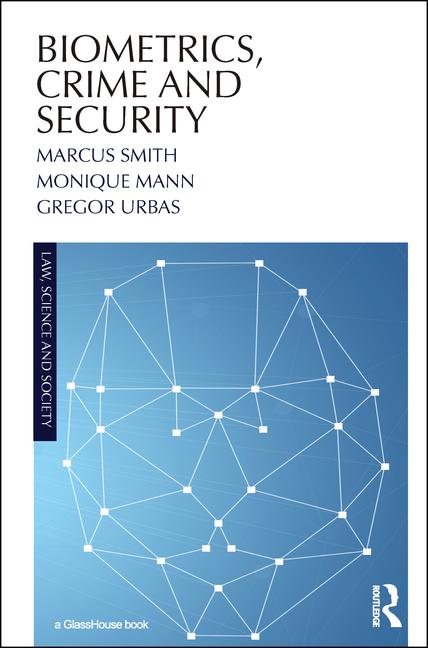Use technology to maintain assets and reduce shrink in retail

Image via Unsplash
Shoplifting rose an average 24% during the first half of 2024 compared to the same period last year, according to the Council on Criminal Justice’s (CCJ) Mid-Year Crime Report. This rise in theft is forcing retailers to take extraordinary measures to ensure products stay on shelves. Walk into a store in any major city in the United States and customers will find cleaning supplies under lock and key, plastic barricades around technology devices and signs stating, “You’re on camera.” Some states in the U.S. have gone so far as to push for new legislation to protect retailers from in-store theft. These growing security challenges require retailers take a fresh look at how technology can deliver the best experience possible for their customers while maintaining their assets and reducing shrink.
Shrink isn’t shrinking
Legacy technologies to combat shrink due to theft — like magnetic security tags and security cameras — have helped retailers protect and control their inventory. But shrink continues to grow, according to a report from the National Retail Federation’s (NRF), which finds that inventory shrink increased by 13.2% between 2022 and 2023.
As retailers combat inflation, changing consumer shopping habits, and more sophisticated theft threats, there’s a need for even more advanced solutions to protect the bottom line. One way to help reduce shrink is through transparent, near real time data on inventory and stock levels. Better access to data empowers managers to identify when and where shrink is occurring, and therefore better combat it. Like a doctor, the best prescription comes after an accurate diagnosis. Going from monthly or even annual inventory analysis to real time insights can dramatically improve visibility into a retailer’s current inventory.
This is one of the many areas robotic technologies can make a significant impact. During store hours, robots can be deployed as a deterrent, providing additional security and monitoring. After hours, robots can provide real-time inventory tracking, reconciling sales with shrink and identifying areas of vulnerability within the store.
Taking a bite out of theft
It may be easy to imagine the potential impact of real time data when thinking about a big box retailer with large quantities of products on shelves and no expiration date. But food service retail chains are just as at risk of theft as big box retailers. Food waste and overserving can also eat into already thin profits.
From employees being inconsistent with serving sizes, to misusing computer systems, to giving away product, humans introduce the potential for errors and variation into a quick-serve restaurant or food service operation’s inventory tracking. Often, the most important line of defense is technology adoption and ongoing employee training. Ensuring consistency in managing resources and using existing systems can help reduce the risk of human error or misjudgment.
Today, automating food preparation with robotics can help provide a more consistent and precise measurement of ingredients across kitchen operations — all while generating reliable data inputs for inventory management systems.
Consider this example from QSR chain Chipotle. The fast causal restaurant recently teamed with a food robotics company to help assemble bowls and salads, which comprise approximately 65% of digital orders. The automated system moves entrées below the restaurant’s counter, while Chipotle staff use the counter above to create burritos, tacos or quesadillas for the same digital order. The primary takeaway for visitors and other restaurants will likely be the elevated customer experience — these “cobots” offer greater order accuracy, and increased production capacity as well as more accurate inventory management.
Keeping track in the back
Theft can go beyond merchandise to the very tools a retailer uses to manage its inventory and warehousing operations. For example, the barcode scanners that are used to track inventory moving through its warehouses and along its supply chain are valuable and can be stolen or misplaced.
One way to help safeguard the technology and tools that a retailer uses for asset management is to secure them in a smart locker, where authorized employees scan their badge to open locker and retrieve the item, such as a scanner. The locker automatically records that it was checked out, by whom and at what time. Employees then scan their badge to open the locker again and return the item, which is again recorded and verified. The locker features a charger to recharge the scanner and prepare it for the next user.
This provides a chain of custody record for valuable technology, making theft far less likely and providing instant insight into employee access and usage.
Locking it up
Preventing theft is one of the oldest drivers of innovation. From lock and key to tags armed with RFID, retailers will continue to adopt new technologies to protect their valuable assets in inventory. And with NRF estimating that shrink is costing retailers $112.1 billion in losses, the next wave of technologies — like fleets of robots or intelligent lockers — is poised to have a massive positive impact on the bottom line.
Looking for a reprint of this article?
From high-res PDFs to custom plaques, order your copy today!








